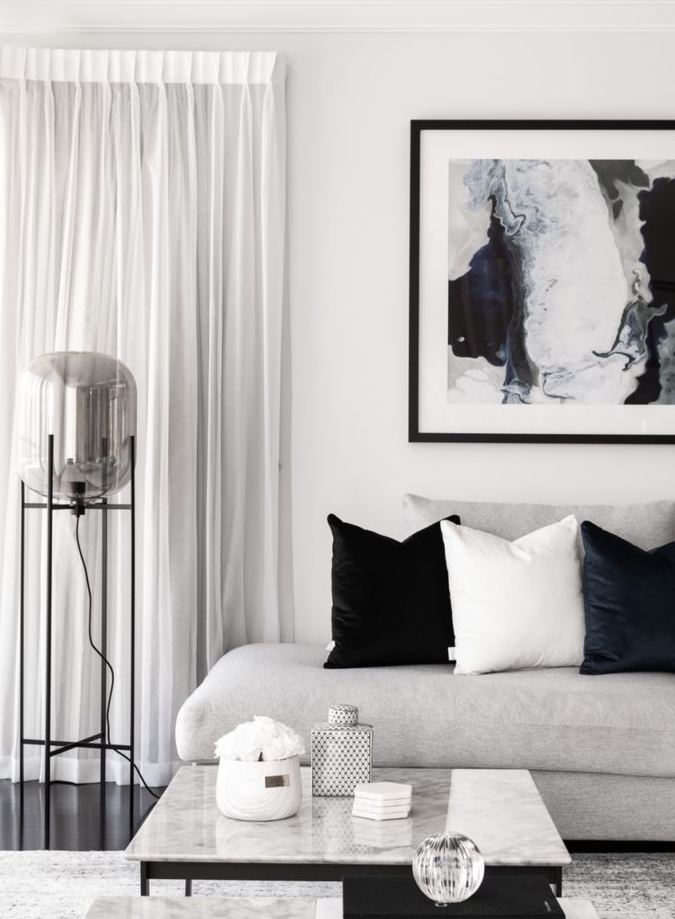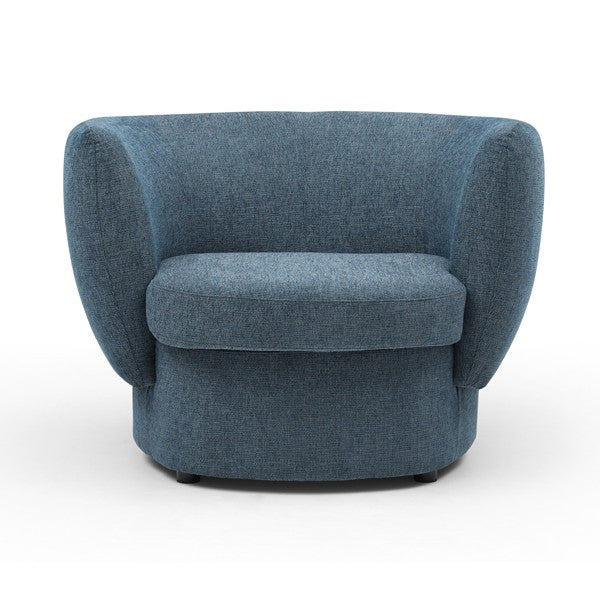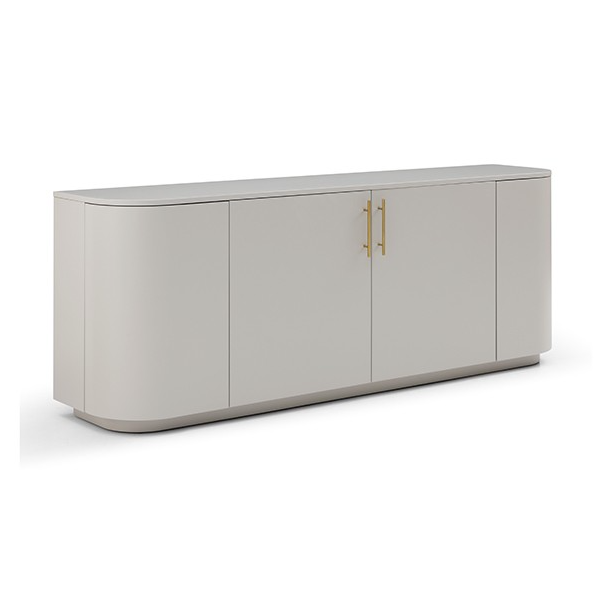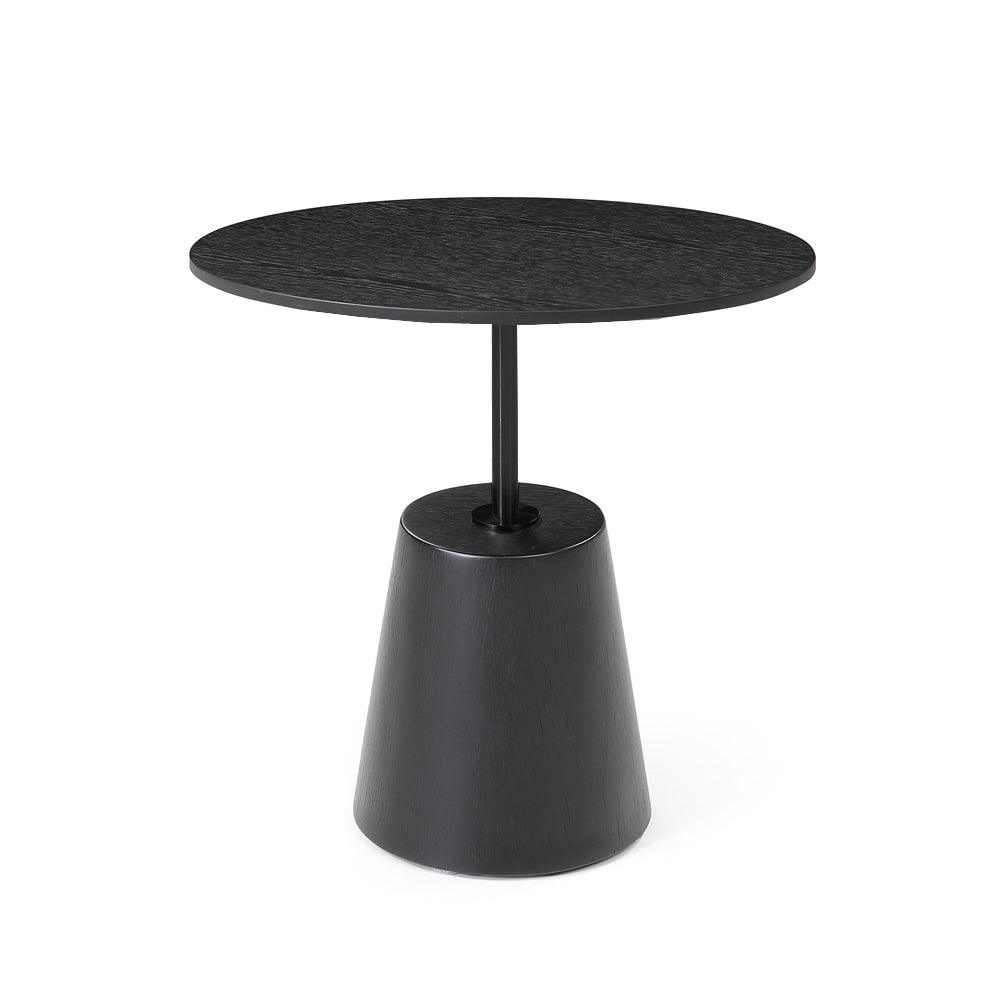If you're looking to create a timeless and sophisticated look for your home, monochrome interiors are an excellent choice. The beauty of this design style lies in its simplicity. By using a single color palette, you can create a cohesive and elegant space that exudes a sense of calm and clarity. But mastering the art of monochrome interiors can be tricky. It's easy to go overboard with too much of the same color, or end up with a space that feels dull and lifeless. That's why we're here to guide you through the process, and show you how to create a monochrome interior that's both beautiful and functional. From choosing the right shades to incorporating texture and pattern, we'll share our top tips for creating a space that's truly shades of elegance. So, let's dive in and discover how to master monochrome interiors!

The Psychology of Monochrome
Before we get into the nitty-gritty of creating a monochrome interior, let's first examine the psychology behind this design style. Monochrome interiors are all about simplicity, and the use of a single color palette can create a sense of harmony and balance in a space. This can be especially beneficial in areas where relaxation and calm are important, such as bedrooms and living rooms.
But monochrome interiors can also be used to create a sense of drama and intensity. By using contrasting shades of the same color, you can create a space that feels bold and dynamic. This is especially effective in areas such as dining rooms, where you want to create a sense of energy and excitement.
Ultimately, the psychology of monochrome is all about creating a space that feels intentional and deliberate. By using a single color, you can create a sense of unity and cohesion that is difficult to achieve with a more eclectic design style.
Different Shades of Monochrome
When it comes to creating a monochrome interior, there are a variety of different shades to choose from. While black and white are the most common choices, there are plenty of other options to consider.
For example, shades of grey can create a sophisticated and understated look that's perfect for modern interiors. Pale blues and greens can create a calming and tranquil space, while shades of pink and purple can add a touch of romance and femininity.
When selecting shades for your monochrome interior, it's important to consider the mood you want to create in the space. Darker shades can create a sense of drama and intensity, while lighter shades can create a sense of airiness and openness.
Choosing the Right Color Palette

Once you've settled on a shade or shades for your monochrome interior, it's time to start thinking about the color palette as a whole. While you might think that a monochrome interior means using only one shade, there are actually a variety of different colors that can be incorporated into the space.
For example, using shades of grey and white creates a clean and contemporary look, while adding in metallic accents such as gold or silver can add a touch of glamour and sophistication. Adding in natural materials such as wood or stone can help to break up the monotony of the color palette, while also adding texture and warmth to the space.
When selecting a color palette for your monochrome interior, it's important to consider the overall mood you want to create in the space. Do you want it to feel calm and serene, or bold and dynamic? The color palette you choose will help to set the tone for the entire room.
Adding Texture and Contrast to Monochrome Interiors

One of the biggest challenges of creating a monochrome interior is avoiding a space that feels flat and lifeless. To combat this, it's important to incorporate texture and contrast into the design.
Texture can be added through the use of natural materials such as wood, stone, and woven fabrics. These materials not only add visual interest to the space, but also create a tactile experience for those in the room.
Contrast can be added through the use of different shades of the same color, or through the incorporation of complementary colors. For example, adding in a pop of red or orange to a monochrome blue room can create a sense of energy and excitement.
When adding texture and contrast to a monochrome interior, it's important to strike a balance. Too much contrast can create a chaotic and overwhelming space, while too little can leave the space feeling dull and uninspired.
Using Patterns in Monochrome Interiors

While monochrome interiors are all about simplicity, that doesn't mean patterns can't be incorporated into the design. In fact, patterns can be a great way to add visual interest and depth to a monochrome space.
When incorporating patterns into a monochrome interior, it's important to choose patterns that complement the color palette. For example, a black and white striped rug can add a sense of movement and energy to a monochrome grey room.
Geometric patterns can also be effective in monochrome interiors, as they add a sense of structure and order to the space. When using patterns in a monochrome interior, it's important to use them sparingly so as not to overwhelm the space.
Decorating with Monochrome Art and Accessories

Art and accessories are a great way to add personality and character to a monochrome interior. When selecting art and accessories for your monochrome space, it's important to choose pieces that complement the color palette and overall design style.
For example, a black and white photograph can be a striking addition to a monochrome room, while a vase in a complementary color can add a pop of visual interest. When decorating with accessories in a monochrome space, it's important to strike a balance between too much and too little.
Too many accessories can create a cluttered and overwhelming space, while too few can leave the space feeling empty and incomplete.
Lighting for Monochrome Interiors

Lighting is a crucial element in any interior design, but it's especially important in monochrome spaces. By using the right lighting, you can create a sense of depth and dimension in a monochrome space.
For example, using recessed lighting in a monochrome ceiling can create a sense of height and openness in the space. Adding in table lamps or floor lamps can help to create a sense of warmth and coziness in the room.
When selecting lighting for a monochrome space, it's important to consider the overall mood you want to create. Bright and airy lighting can create a sense of openness, while warm and cozy lighting can create a sense of intimacy and comfort.
Furniture and Decor for Monochrome Interiors

When selecting furniture and decor for a monochrome space, it's important to choose pieces that complement the color palette and overall design style.
For example, a black leather sofa can be a striking addition to a monochrome living room, while a white marble coffee table can add a touch of elegance and sophistication. When selecting furniture and decor for a monochrome space, it's important to consider the scale and proportion of the pieces.
Oversized pieces can overwhelm the space, while too many small pieces can create a cluttered and chaotic look. It's also important to consider the functionality of the pieces. In a monochrome bedroom, for example, a simple white dresser can be both functional and visually appealing.
Tips for Maintaining Monochrome Interiors

Maintaining a monochrome interior can be a challenge, as it can be easy for the space to start feeling dull and lifeless. To keep your monochrome space looking fresh and inspired, it's important to regularly update the accessories and decor.
Swapping out pillows or adding in a new piece of art can be a simple way to add visual interest to the space. It's also important to regularly clean and maintain the space, as dirt and dust can easily detract from the overall look and feel of the room.
Finally, it's important to remember that a monochrome interior doesn't have to be completely devoid of color. Adding in a single pop of color can create a sense of energy and excitement in the space, while still maintaining the overall monochrome design.

Monochrome interiors are a beautiful and timeless design choice that can create a sense of harmony and balance in any space. By using a single color palette, you can create a cohesive and elegant space that exudes a sense of calm and clarity.
When creating a monochrome interior, it's important to consider the psychology behind the design style, as well as the different shades and color palettes available. Incorporating texture, contrast, and patterns can help to add depth and visual interest to the space, while art and accessories can add personality and character.
By keeping these tips in mind, you can create a monochrome interior that's both beautiful and functional, and truly shades of elegance.





